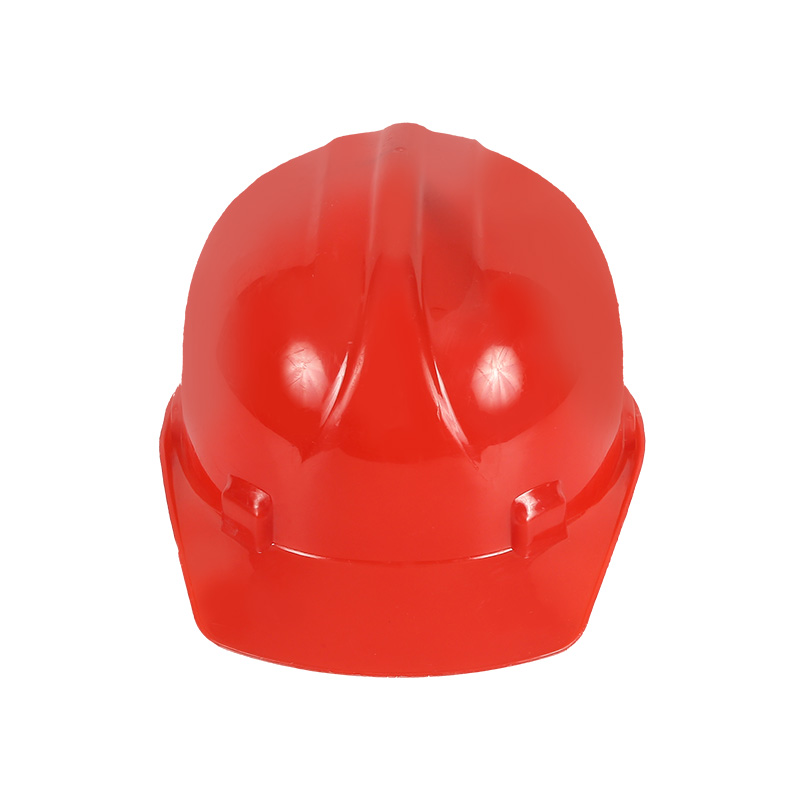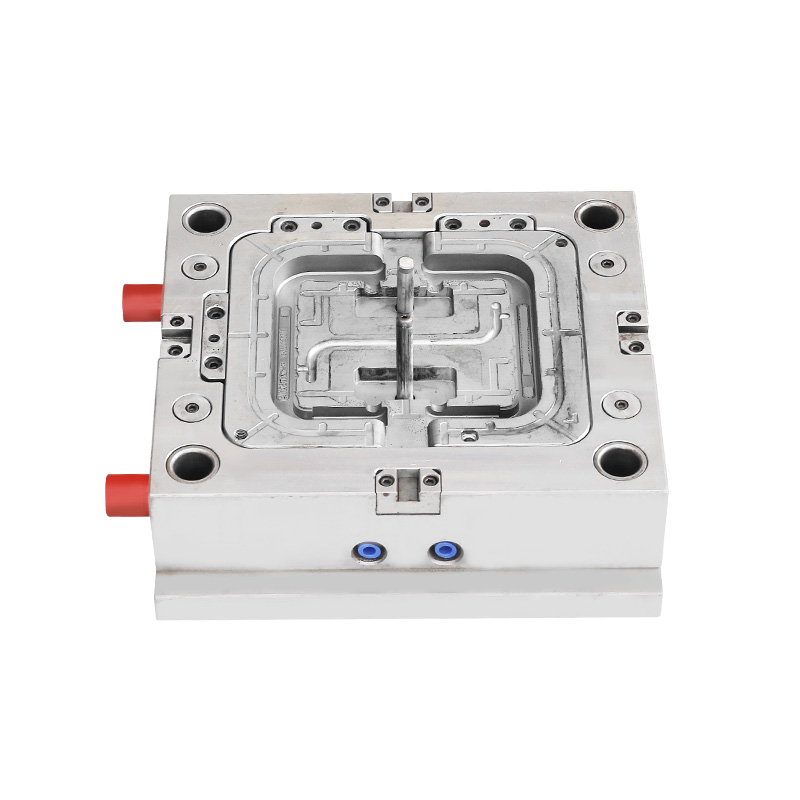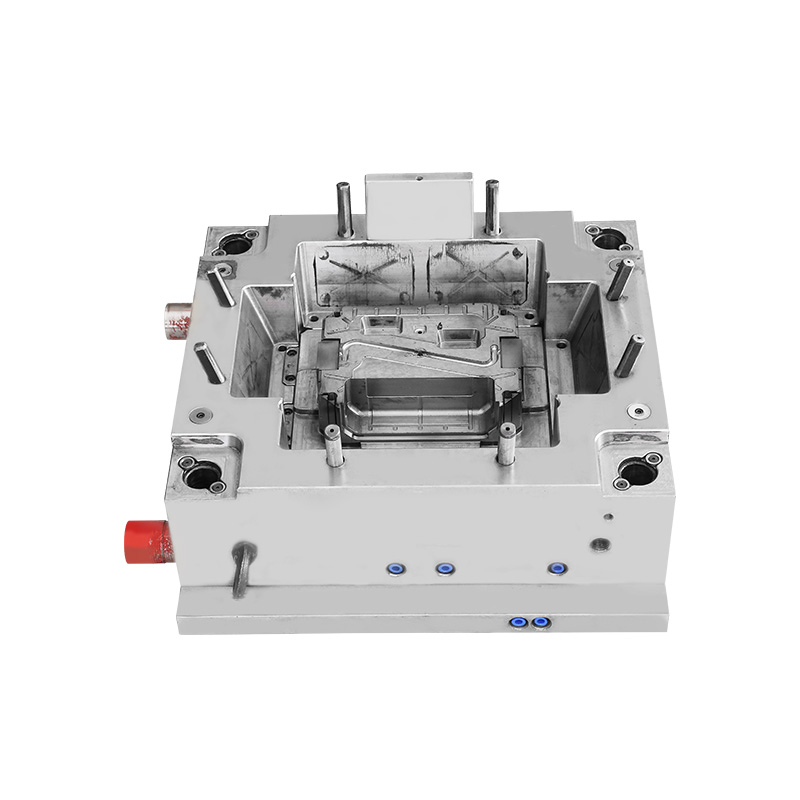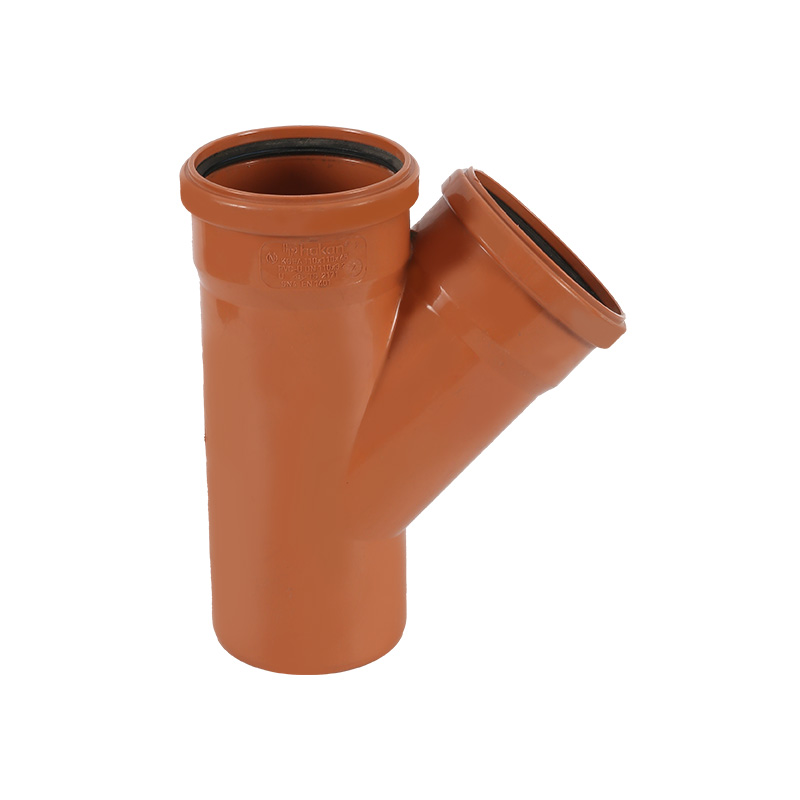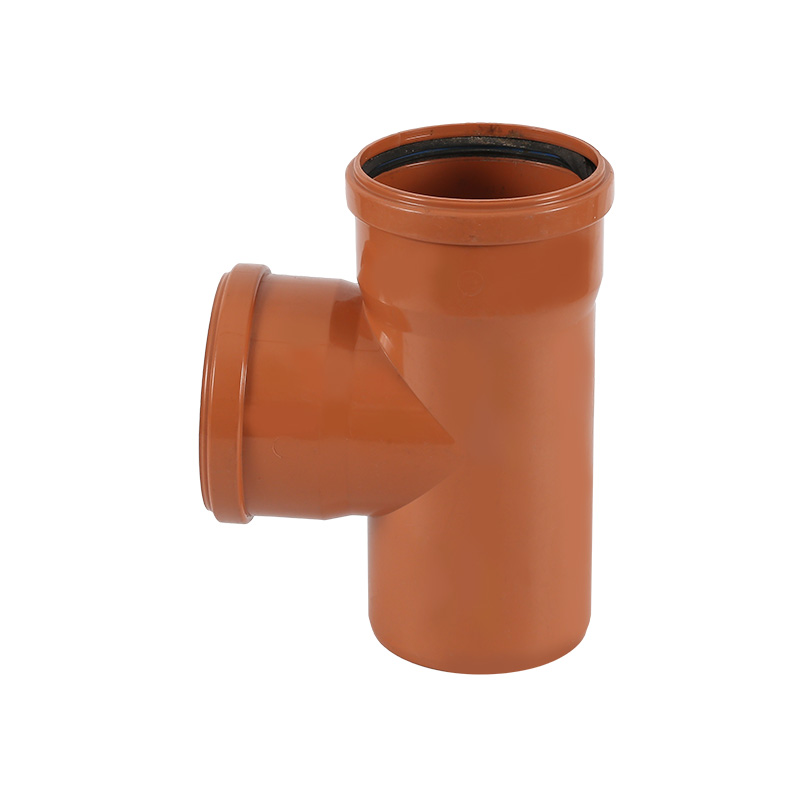In recent years, the construction and plumbing industries have experienced significant growth, driven by urbanization, infrastructure development, and an increasing demand for reliable piping solutions. At the heart of this evolution lies the PVC pipe fitting mould, a critical component in the production of high-quality pipe fittings essential for various applications. This article explores the latest trends, innovations, and challenges in the PVC pipe fitting mould industry, shedding light on its vital role in modern infrastructure.
PVC (polyvinyl chloride) has emerged as one of the popular materials for plumbing applications due to its strength, durability, and resistance to corrosion and chemicals. PVC pipe fittings, including elbows, tees, and connectors, facilitate the efficient transportation of water and other fluids in residential, commercial, and industrial settings. The quality of these fittings directly relies on the precision and design of the moulds used in their production.
As cities expand and infrastructure projects gain momentum globally, the demand for PVC pipe fittings is surging. This trend has prompted manufacturers to invest in advanced mould technologies to enhance production efficiency and meet the rising market needs.
The PVC pipe fitting mould industry has witnessed substantial advancements in recent years, driven by technological innovations that enhance production processes and product quality. One of the significant developments is the integration of automation and robotics in the moulding process. Automated systems allow for faster production rates, consistent quality, and reduced labor costs.
In addition to automation, the use of Computer-Aided Design (CAD) software has revolutionized the mould design process. Engineers can now create detailed 3D models of pipe fittings, allowing for precise adjustments and optimizations before production. This capability reduces the risk of defects and ensures that the final products meet stringent quality standards.
Another innovation is the use of simulation software to predict the behavior of molten PVC within the moulds. By analyzing factors such as flow patterns and cooling rates, manufacturers can optimize mould designs to minimize waste and improve cycle times. This predictive capability enhances the overall efficiency of production, enabling companies to meet growing demand without compromising quality.
As environmental concerns gain prominence across industries, manufacturers of PVC pipe fitting moulds are actively seeking sustainable practices. The PVC industry has been scrutinized for its environmental impact, prompting many companies to implement eco-friendly initiatives in their production processes.
One approach involves the use of recycled materials in the manufacturing of PVC fittings. By incorporating recycled PVC into their products, manufacturers can reduce waste and lower their carbon footprint. This practice not only meets the growing demand for sustainable solutions but also aligns with the global push for circular economy principles.
Moreover, manufacturers are investing in energy-efficient machinery and processes to minimize energy consumption during production. Implementing energy-saving technologies not only reduces operational costs but also addresses environmental concerns related to energy use in the PVC industry.
The PVC pipe fitting mould market is experiencing dynamic growth, driven by several key trends and opportunities. The rapid expansion of infrastructure projects, particularly in emerging economies, presents a significant opportunity for manufacturers of pipe fitting moulds. Governments are increasingly investing in water supply systems, sewage treatment plants, and irrigation projects, creating a robust demand for high-quality PVC fittings.
Additionally, the rise of smart home technologies and IoT (Internet of Things) applications is influencing the design of PVC fittings. As homes and buildings become more interconnected, there is a growing need for fittings that can accommodate smart plumbing systems. Manufacturers that can innovate their mould designs to integrate these technologies will gain a competitive edge in the market.
Furthermore, the increasing focus on water conservation and efficiency has led to the development of advanced plumbing systems. Manufacturers are responding to this trend by designing moulds that produce fittings with improved flow characteristics and leak-proof designs. These innovations not only enhance the performance of plumbing systems but also contribute to water-saving initiatives.





 English
English
 中文简体
中文简体
 Español
Español
